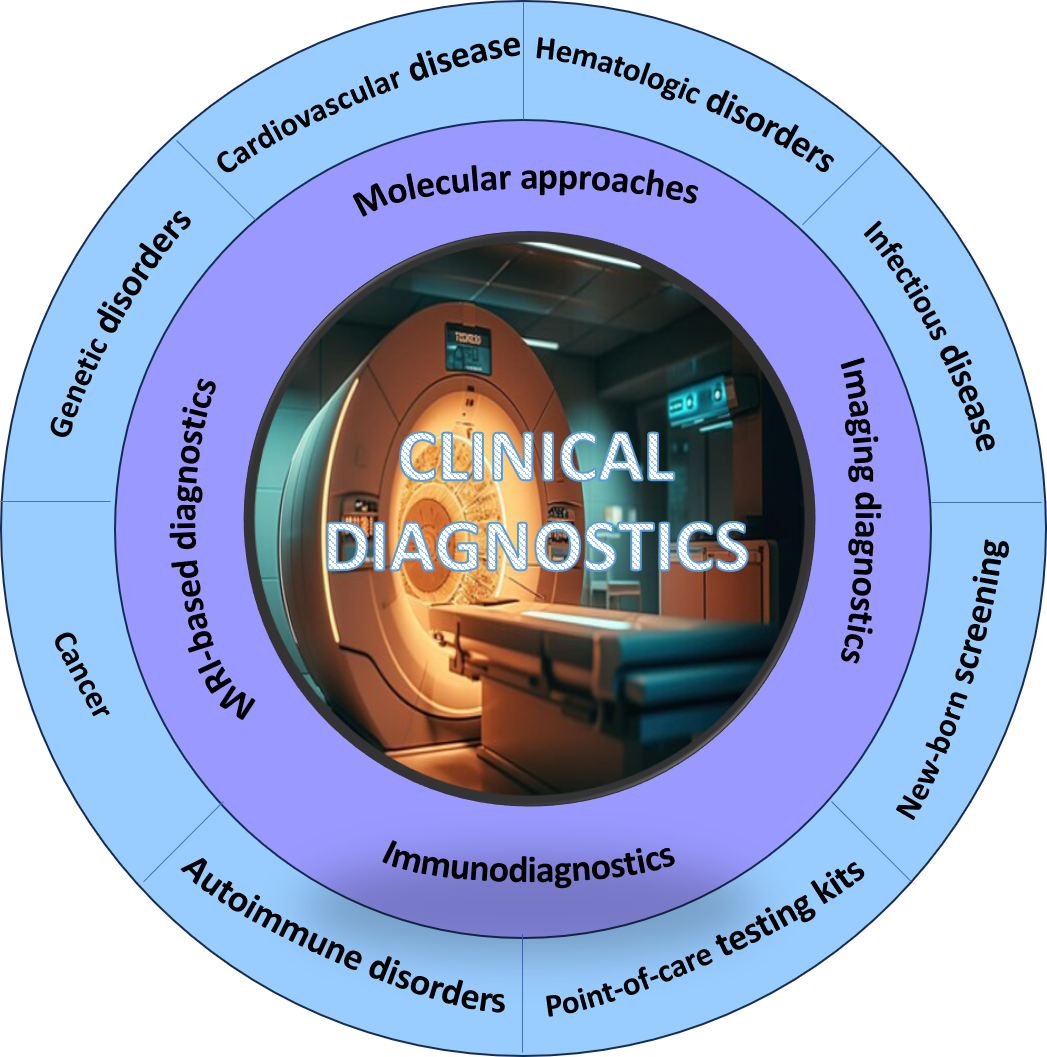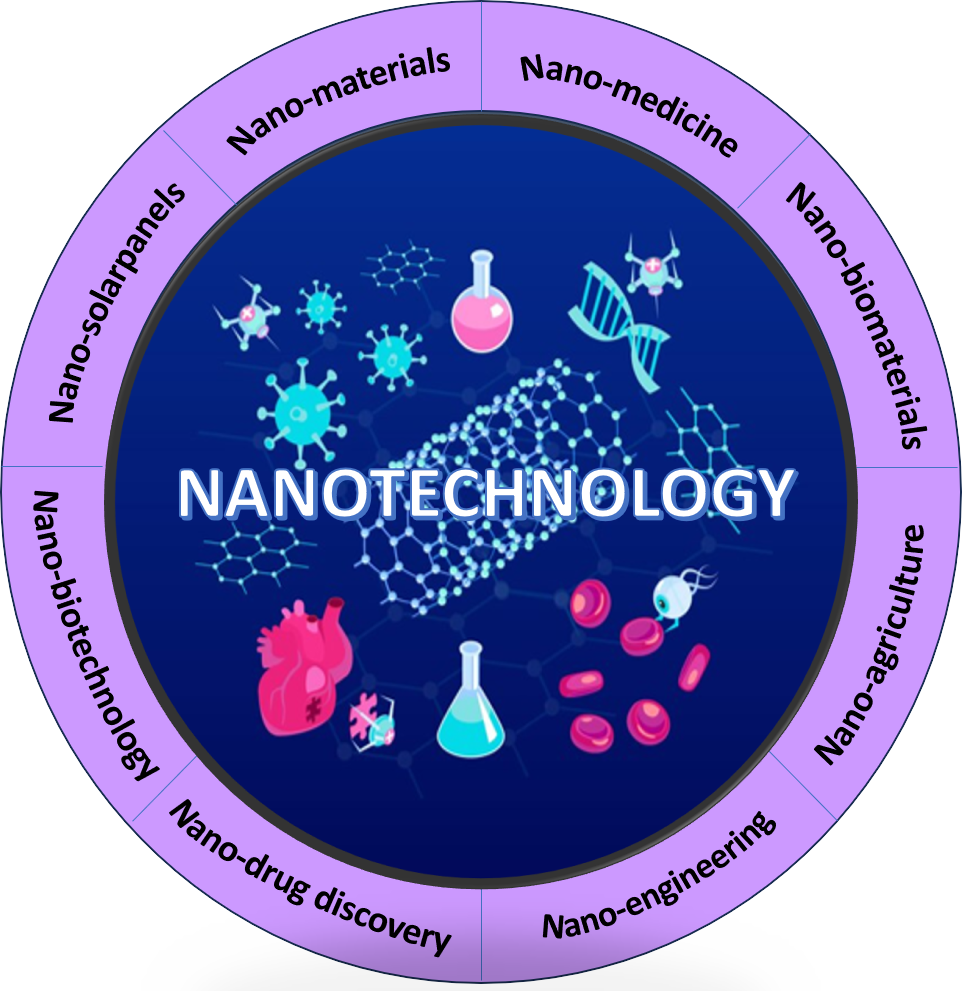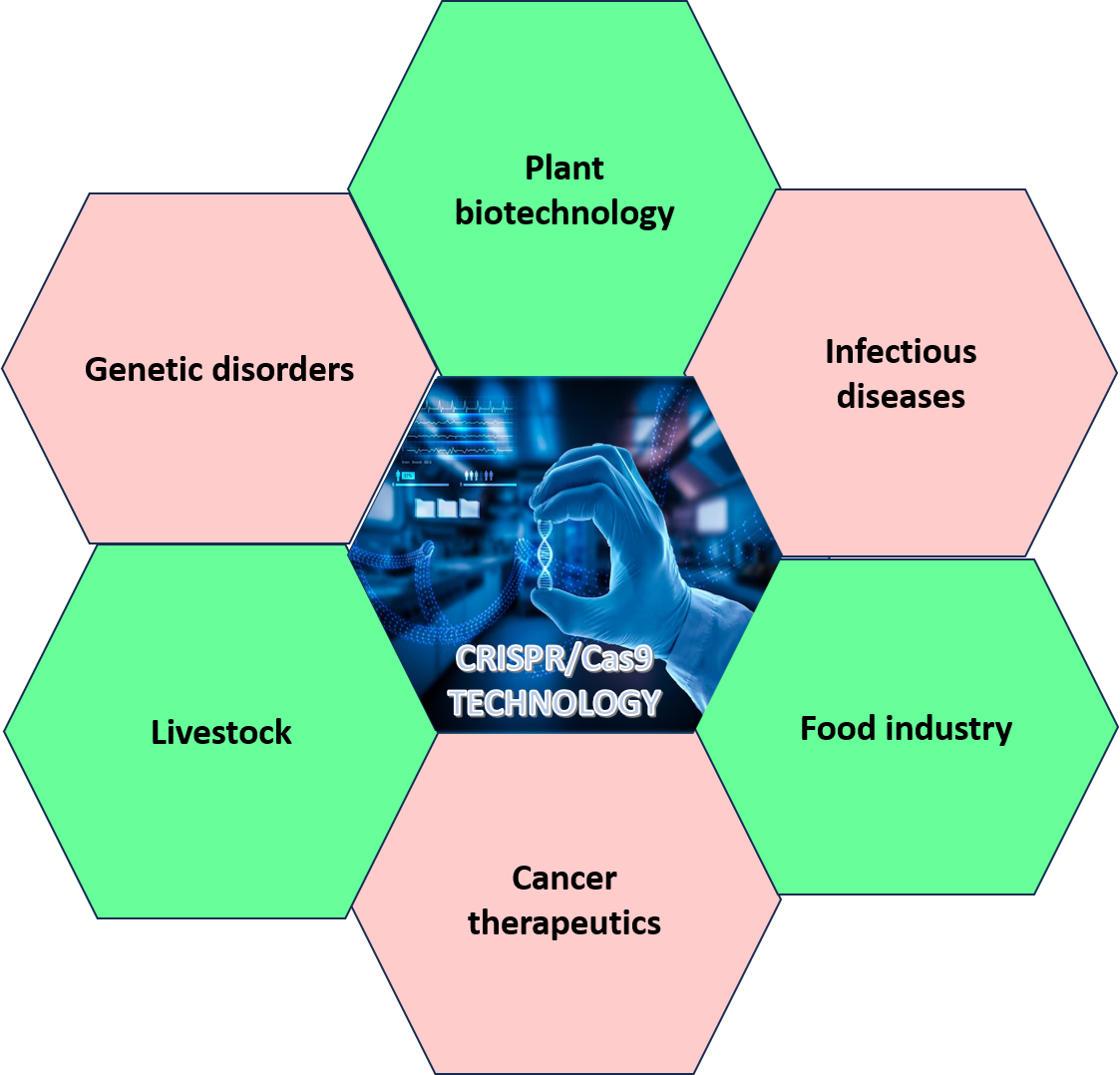Trending Innovations

BIOTECHNOLOGY AND PHARMACEUTICAL PRODUCT DEVELOPMENT
The professionals from the biotechnology, agriculture, medicine, and pharma sectors are continuously making efforts to develop innovative biotech and pharma approaches to support food and medicine for the current 8 billion global population. As the population grows the biotech trends in the food sector also increase toward plant-based foods, meat and dairy product substitutes, and microbial fermentation to enable a sustainable and scalable production of valuable foods and ingredients. The agricultural sector is thriving, with the latest innovations in product development such as cultured meat which involves culturing animal cells in vitro using tissue engineering and regenerative medicine, geared towards mitigating environmental impact and engaging humane practices, food security, and human health, greatly reducing the burden of climate change. The medicine and pharma industries are vigorously working to support the prevention and treatment of many health disorders. The biotech and pharma product development market are currently at 1.37 trillion USD and by 2032 it is projected to be at 3.72 trillion USD. Keeping this growing demand in the biotech, agricultural, medicine, and pharma sectors, the FABA-US Chapter with great visibility certainly encourages its members to initiate collaborations in R&D and product development for commercialization.

ARTIFICIAL INTELLIGENCE
Artificial Intelligence is a developed system that acts like humans. The system used in AI is algorithm-based computer science and robust datasets which enables logical prediction of the outcome of statistical data analysis. AI encompasses applications like machine learning and deep learning which recently has a broad range of disciplines centered around biotech product development, digitalized health care, and medicine have made great strides and achieved cardinal milestones in utilizing Artificial Intelligence/Machine Learning (AI/ML). Across the globe, AI is a fascinating field and evolving into a potential booming industry. In the next 5 years or so, a wide range of practical perspectives on AI/ML will redefine the driving force of boundless possibilities, thus offering countless opportunities in every sector that can augment human life. Since AI/ML is essentially a collection of programmed algorithms, it can be used to accelerate healthcare product development. However, AI/ML has challenges such as integrity and ethics of data collection, compilation, analysis, and inferences which are to be understood and practical implications to be assessed.

CLINICAL DIAGNOSTICS
The field of clinical diagnostics through harnessing innovative approaches is expanding at every stage of patient care in terms of predisposition, prevention, therapeutic options, monitoring, and prognosis. Clinical diagnostics with precise identification of health conditions helps decisive for therapeutic decision-making. Clinical diagnostic tests include invasive and non-invasive approaches and accurate diagnosis is vital for correct treatment and prognosis. The global clinical diagnostic market is valued at close to 70 billion USD and is estimated to reach 110 billion USD by 2030. The world’s biggest diagnostics companies are mainly focused on detecting genetic disorders, cardiovascular diseases, anemia, infectious diseases, cancers, autoimmune disorders, newborn screening, and point-of-care testing kits capable of producing first, accurate, and reliable results. There are plenty of opportunities for career development to develop innovative diagnostics based on molecular approaches, immunodiagnostics, imaging diagnostics, and MRI-based diagnostics. Even for startups, there is an enormous scope to develop medical devices, supply materials/kits, and develop software to analyze diagnostic scores/results etc.

NANOTECHNOLOGY
Nanotechnology is one of the most promising technologies of the 21st century and is an emerging branch of science and engineering devoted to designing, producing, and using structures, devices, and systems by manipulating atoms and molecules at the nanoscale, i.e. having one or more dimensions of the order of 100 nanometres (100 millionth of a millimeter) or less. Nanotechnology has a wide range of fields, from chemistry, physics and biology, to medicine, engineering and electronics. This technology enabled to extract nanobiomaterials, especially from egg shells (calcium carbonate), fish scales (Calcium Carbonate and hydroxyapatite), and animal bones (Calcium phosphate) and these nanobiomaterials developed can be utilized for acute and chronic oral disorders. This nanotechnology has been used to manufacture efficient solar sheets for clean energy. The nano solar sheets can be used on trains, flights, and even in the agriculture fields, along with the sides of water canals. This technology, indeed, has a potential scope of opportunities for many aspiring students to develop a career. The career opportunities in nanotechnology to develop commercial ventures for applications like nano dentistry, nanomedicine, nanobiomaterials, nanomaterials, nanoagriculture etc.

CRISPR/Cas9 TECHNOLOGY
The genome editing tool, Clustered regularly interspaced short palindromic repeats (CRISPR)/Cas9 edits the gene by precise cuts in DNA followed by elicitation of cellular DNA repair machinery to modify the gene in the desired fashion. In recent years CRISPR/Cas9, revolutionized cutting-edge innovative technology, has become a versatile approach, and is raising a plethora of hopes for therapeutic options for various diseases including hematologic malignancies, infectious diseases, neurological, inherited retinal disorders, and malignant tumors/cancers. This niche technology has fostered a wide spectrum of career opportunities harnessing the power of the CRISPR/Cas9 system. The CRISPR/Cas9 based career opportunities are developing therapeutics for humans (chronic and acute disorders) livestock (quality of breed, disease resistance and high meat quality etc), plant biotechnology mainly on enhancing the yield, disease resistance, and shelf life of perishable harvests, and food industry especially production of metabolites, essential nutrients, and probiotics.

